Best Arduino-Compatible RFID Readers for DIY Enthusiasts: Top 5 Picks
758Discover the top Arduino-compatible RFID reader modules for DIY projects like smart locks, inventory systems, and access control. Compare features and find your match.
MoreAll RFID Product
Honestly, when I first heard about “putting RFID tags on surgical instruments,” my gut reaction was:
Can these tags survive high-temperature sterilization? Can they stick to metal without falling off? And will they mess with how the surgeon uses the tool?
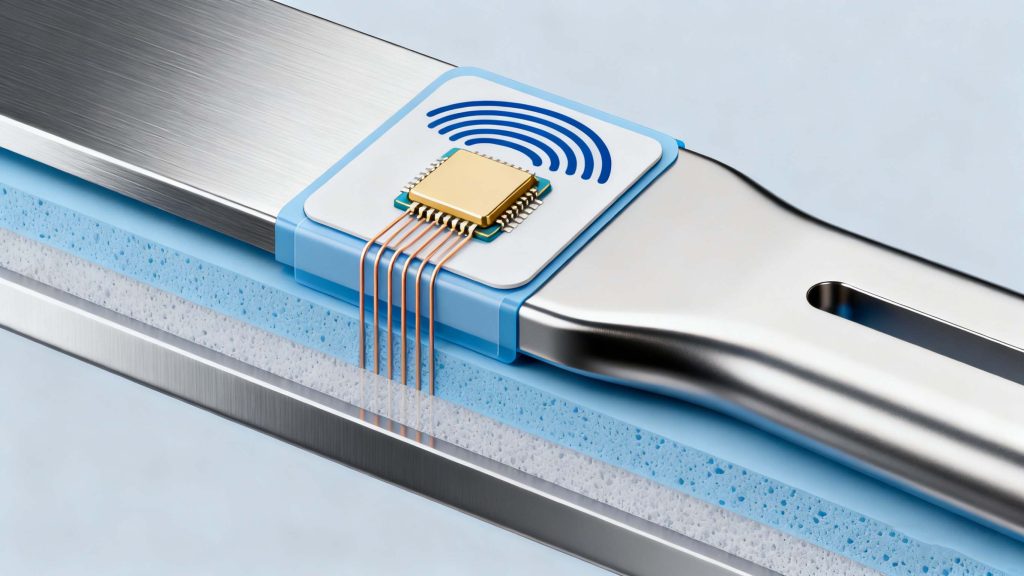
After digging into real cases and talking to people in the medical device world, I realized RFID tech has become much more mature than most people think.
It’s no longer one of those buzzwords everyone talks about but never dares to implement.
It’s actually being used in ORs, CSSDs, and automated surgical tray systems on a pretty large scale.
So let me walk through the real logic here:
Why hospitals are finally willing to tag every instrument, what technical details matter the most, and what problems you’ll hit during implementation.
Because they’re too easy to lose and too hard to count.
Anyone who’s worked in instrument management knows the pain:
If any step slips, someone pays for it.
And this is not exaggeration:
RFID changes one thing very simply:
“Every tool becomes an ID. You stop relying on eyesight and memory.”
It automates counting, gives full traceability, and even helps identify which tools are overused or barely needed.
Normal RFID tags die instantly in medical environments.
A surgical instrument tag must survive:
So today the industry uses three main approaches:
Perfect for scissors, forceps, clamps—basically anything that gets used over and over.
Metal surfaces are notoriously hard to bond.
That’s why hospitals often use LED-curing medical adhesives:
In simple words:
Once bonded, it should stay for life.
If it falls off, that becomes a safety risk—not an option.
This one is more “research lab,” but extremely cool:
Result?
An RFID tag that basically becomes part of the instrument.
Based on actual hospital feedback, the improvements fall into four categories:
A surgical tray often contains dozens of tools.
Counting them manually takes forever.
Now you place the tray on an RFID scanner:
Some hospitals install antenna arrays inside the OR.
This allows automatic end-of-surgery verification.
Before the patient leaves, the system confirms every tool is accounted for.
With RFID, the system logs:
And Cykeo handheld readers can bulk-read instruments, speeding up the process massively.
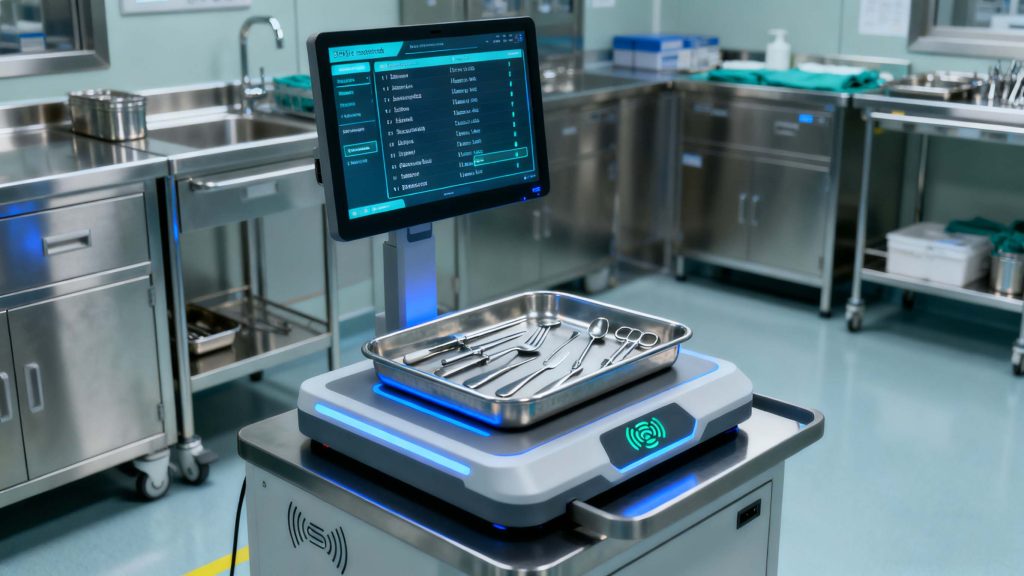
Most hospitals never had real data on:
RFID finally makes this transparent.
It is not as simple as “stick a tag on it.”**
Everyone who does RFID for the first time hits the same problems:
Too many metal tools piled tightly = dead zones.
Solutions:
Sterilization cycles will expose any weakness in bonding.
Medical-grade adhesive is non-negotiable.
Tags are cheap.
Readers + systems + workflow redesign—not so cheap.
But most hospitals find ROI appears in 1–3 years:
Not true anymore.
Mini-tags are cheap now.
Implementation has become streamlined.
If you ask me:
Are RFID tags for surgical instruments worth it?
My answer:
If you manage more than a few dozen trays and instruments circulate daily, it’s basically mandatory.
RFID isn’t a luxury—it’s infrastructure.
Especially with ongoing staffing shortages, automated counting and traceability matter more each year.
But let me emphasize one thing:
Temperature resistance, bonding quality, and biocompatibility are the real deal-breakers.
Cutting costs in these three areas is how problems happen.

Cykeo CK-BQ6826 Jewelry uhf rfid tag features NXP UCODE 9, 8m read range on metal, and anti-counterfeit security for luxury assets.
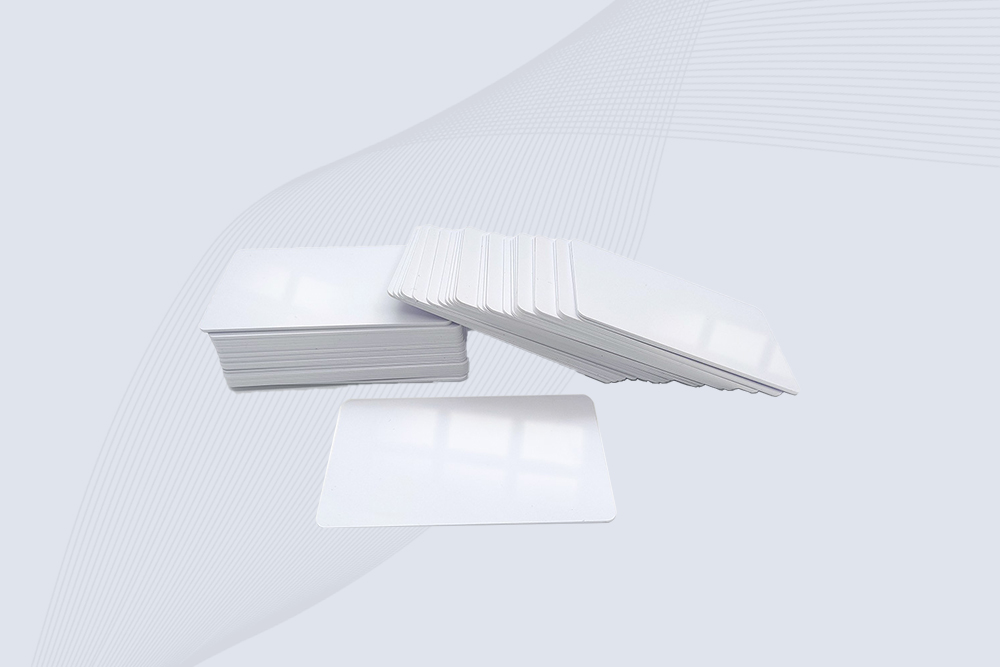
Cykeo CK-BQ8554HF HF rfid cards feature FM1108 chip, 100K write cycles, and customizable printing for access control systems.

Cykeo CK-BQ8554UHF uhf rfid card features U9 chip, 100K write cycles, and CR80 size for access control/inventory management.
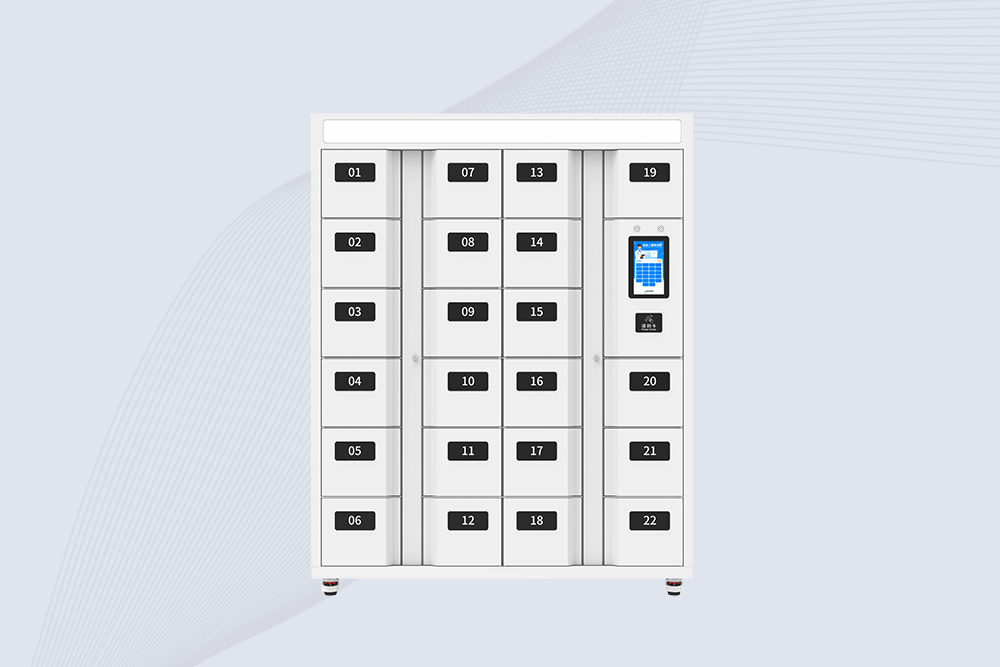
Cykeo CK-G2224 rfid linen management cabinet features modular lockers, 10.1″ Android screen, and 200+/sec scanning for hospitals/hotels. SAP/Oracle integration.
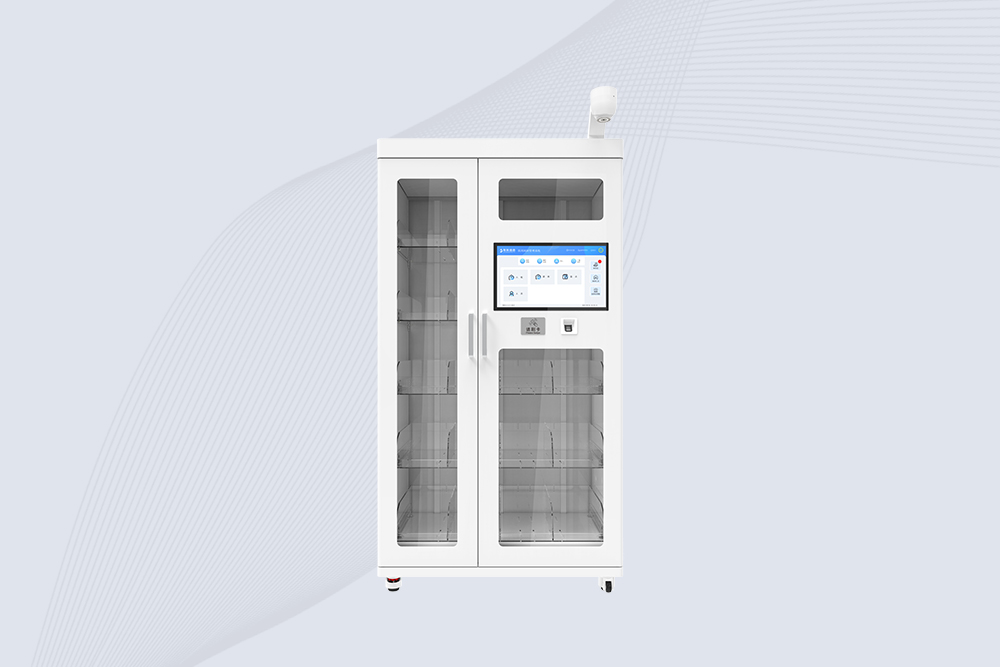
Cykeo’s RFID high-value consumables cabinet offers 500-implant capacity, FDA compliance, real-time Epic sync, and theft prevention for ORs/surgery centers.

Cykeo’s low-value consumables cabinet offers 5-tier storage, HIPAA encryption, FDA compliance, and SAP integration for hospitals/clinics. Reduces stockouts by 70%.

Cykeo’s RFID scrub return cabinet offers 50-gown batch scanning, HL7 integration, UV decontamination, and JCAHO compliance for hospitals/surgical centers.
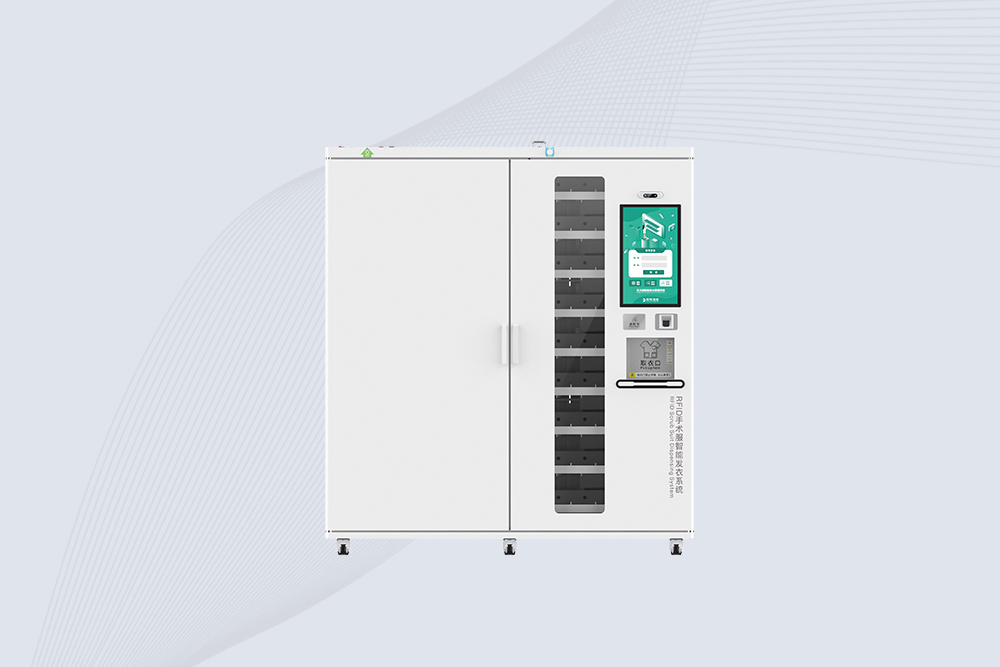
Cykeo operating room RFID cabinet features 108-gown capacity, UHF RFID tracking, real-time SPD integration, and biometric access for sterile OR management.
Discover the top Arduino-compatible RFID reader modules for DIY projects like smart locks, inventory systems, and access control. Compare features and find your match.
MoreCykeo’s medical RFID systems reduce hospital compliance risks by 82%. Learn FDA/ISO standards for surgical tools tracking, patient wristbands & data security.
MoreDiscover how RFID technology slashes retail stockouts by 63%—proven by data from 500 stores. Learn Cykeo’s strategies for real-time inventory accuracy and higher sales.
MoreThis article explains what a rugged RFID tag is, how it handles tough environments, tips for choosing and maintaining them, plus some hands-on experience for better performance in industrial or outdoor use.
More